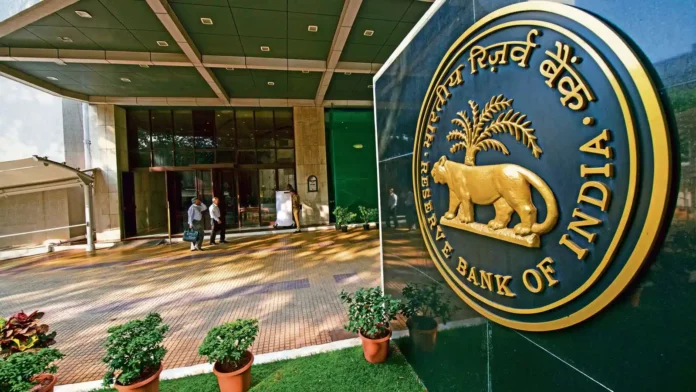The Reserve Bank assessed the correlation of the daily stock returns for each bank pair for each calendar year commencing in 2011 to determine systemic risk levels by looking at the daily returns of 32 significant bank stocks, which account for 90% of the banking sector’s assets.
According to an assessment provided in the Reserve Bank of India’s latest Financial Stability Report, using stock market indicators to quantify systemic risk in the banking industry, systemic risk in the banking sector reduced in 2021 from its elevated level during the first wave of the pandemic.
Systemic risks in India’s banking sector have decreased dramatically since the first pandemic wave, while state-owned lenders have a lower risk perception than their private-sector counterparts.
According to the central bank’s Financial Stability Report, “the risk generated by the category of merged PSBs is comparatively larger than the risk generated by unmerged PSBs.”
The government announced the merging of ten public sector banks into four organizations in August 2019. One of the advantages of consolidation is that it improves operational efficiency, lowering the cost of lending.
Union Bank of India merged Corporation Bank and Andhra Bank, Syndicate Bank merged with Canara Bank, and Punjab National Bank merged Oriental Bank of Commerce and United Bank of India. Indian Bank merged with Allahabad Bank.
From April 2020, these will be functioning. This followed previous mergers of Dena Bank and Vijaya Bank with Bank of Baroda, as well as associate bank mergers with State Bank of India.
Even in a severe stress situation, however, Indian banks’ capital levels would be far higher than the required minimum of 9%.
According to the paper, “stress test results show that the system level CRAR may decrease to 15.4 percent by September 2022 under the baseline scenario, and to 14.7 percent and 13.8 percent under the medium and severe stress scenarios, respectively.”
Under the baseline scenario, commercial banks’ common equity tier-1 (CET 1) capital ratio might reach 12.5 percent by September 2022, but it could drop to 11.9 percent and 11.2 percent under the medium and severe stress scenarios, respectively.
Even in the worst-case scenario, no bank’s CET 1 capital ratio would fall below the legal requirement of 5.5 percent, according to the analysis.
Follow and connect with us on Facebook, LinkedIn & Twitter

